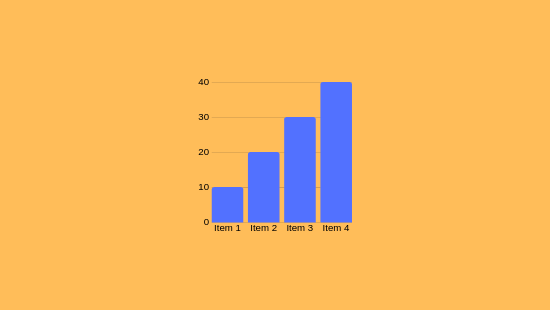Forex Indicators: How They Work
Forex Indicators: How They Work
Blog Article

As you explore forex measurements, you'll discover they are computational techniques that scrutinize market numbers to forecast market movements. These instruments aid in signaling trends, confirming market cues, and detecting overbought or oversold scenarios. For instance, the RSI tracks market force, while Bollinger indicators assess volatility. Refining your trading strategy by integrating these indicators is essential, especially if you aim to control risks adeptly.
Understanding Forex Indicators
Forex indicators are mathematical aids integrated in graphs to aid investors in analyzing market trends and executing calculated trades. They provide perspectives into price changes and market possibilities by examining past and present market figures.
Forex tools are categorized into four primary groups: trend indicators (e.g., Moving Averages), momentum indicators (e.g., Relative Strength Index), volatility indicators (e.g., Bollinger Bands), and volume indicators.
These tools can signal reversals, validate ongoing patterns, or highlight overbought/oversold climates. If you're looking to enhance your methodologies, grasping their roles is fundamental.
Categories of Forex Analytical Instruments
Upon evaluating market trends, traders often deploy a variety of indicators to guide their trading choices.
Forex indicators can be grouped into different classifications, each serving specific purposes.
Trend Indicators like Moving Averages (MA) and Bollinger Bands assist in detecting trends and possible price surges.
Momentum Indicators, such as the Moving Average Convergence/Divergence (MACD) and Relative Strength Index (RSI), recognize shifts in price momentum and indicate excessive buying/selling.
Volatility Indicators like the Average True Range (ATR) quantify market variability, assisting investors in setting stop-loss thresholds.
When applied wisely, these tools can boost trading proficiency.
Essential Instruments for Trading Choices
To effectively make trading decisions, understanding and applying key indicators that evaluate market states is essential.
Price Movements (MA) display average prices over determined timeframes, revealing trends by evening out variations.
The RSI measures momentum on a 0–100 scale, indicating excess buy above 70 and signaling oversold scenarios below 30.
MACD compares two exponential moving averages to validate directional trends, with histograms more info displaying positive or negative trajectories.
Bollinger Bands apply standard deviations around a moving average to determine volatility and potential reversals.
Retracement intervals denote support/resistance zones based on prior price movements.
Combining these measures boosts accuracy by verifying signals if congruent, enabling exact timing for currency pairs.
Using Indicators for Risk Management
As you refine investment methods, effectively applying indicators for risk management is essential. Tools like Moving Averages and Bollinger Bands notice volatility and identify potential entry/exit points for risk minimization.
These instruments allow for exact stop-loss orders and limit orders, which are key for modulating potential losses.
For instance, using trade protections caps losses to a certain limit, such as 2% of your trading capital per trade. This disciplined tactic aids in managing forex risks by curtailing exposure to fluctuations and leverage, which are significant challenges in currency trading.
Combining Indicators for Enhanced Accuracy
Combining indicators is a sophisticated strategy for elevating accuracy in forex trading. This method enables for the leveraging of multiple tools to examine several aspects of market dynamics, including trends, drive, and volatility.
By implementing indicators like Price Averages, RSI, and MACD, you can craft resilient trade schemes. Instance given, combining Moving Averages with RSI and Volume confirms trends and drive, while Bollinger Bands with Stochastic assess fluctuation and anticipate reversals.
If diverse measurement tools work together, duplications are minimized, and investment prompts are intensified.
Conclusion
You've understood how forex indicators function, encompassing their types like trend, momentum, and volatility tools. These instruments aid in uncovering pivots and confirming trend continuity. By integrating indicators, trading precision is enhanced, and risk oversight is better managed. As an example, using the Relative Strength Index (RSI) to spot overbought conditions and Bollinger Bands to evaluate volatility can improve your decisions. Report this page